And then there were none
The formerly local Washington Post…
Say it ain’t so! But, sadly, the Washington Post‘s wonderful Petula Dvorak has just published her final Metro column. In it she recounts several of the memorable moments in her 15 years as a local columnist. “I am overwhelmed with gratitude for your actions, readers. And for the people who trusted me with their stories,” she wrote. Petula now joins my colleagues Courtland Milloy, Jr., John Kelly, and Theresa Vargas in the Post’s distinguished roster of former local columnists.
Thankfully, for Petula and for us, she will now be a regular contributor to the paper’s Retropolis feature. The Post’s PR machine even issued a gushy press release (“By WashPostPR”) heaping justified praise on her contributions to date and announcing her “new role” in “shifting her considerable talents” to “our popular history franchise.” The announcement is attributed to Executive Local Editor Jamie Stockwell, a long ago veteran of the paper’s Prince George’s Bureau with whom I worked, like and respect, and two deputies, but I cannot imagine her writing in such corporate speak. I am grateful that readers will continue to find Petula’s work in the newspaper, even though the “Our Town” she’ll write about is bygone.

In other local news you didn’t see in your “hometown” paper, The Post has yet to report that Crisfield Seafood, a local institution in Silver Spring, is closing after nearly 80 years on Georgia Avenue. The family-owned restaurant has been a fixture for generations of Washingtonians, and its end has been covered extensively in other media, including WUSA9, NBC4, FOX5DC, the Washington Times, Washingtonian. Tom Sietsema, where art thou?
“Five for Freedom” podcast and a sad anniversary
On Dec. 16, 1859, John Anthony Copeland and Shields Green, two of the five raiders I profile in my book Five for Freedom: The African American Soldiers in John Brown’s Army were duly executed by hanging for being part of the insurrection led by Brown in the federal arsenal town of Harper’s Ferry, whose purpose was to incite a slave rebellion and bring down the hated institution of chattel slavery. On this anniversary two years ago, I blogged about their execution and the events leading up to it. Copeland, from Oberlin, Ohio, wrote letters from his jail cell in Charlestown, Virginia (now West Virginia), including one to his parents and siblings the morning of his execution. They remain heart-wrenching 165 years later and inspired me to tell the story of all five.
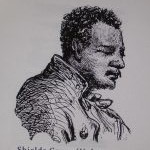
Shields Green, executed Dec. 16, 1859
Recently, I discussed the fate of these two brave men and how Five for Freedom came about and why it still resonates in on a new podcast under the banner of Rock, Paper, Write, sponsored by the uniquely curated Kensington Row Bookshop, a mostly used-books store in Kensington, Maryland. In a half-hour conversation with moderator Amy Watkins, I read Copeland’s letter to this family and fielded questions about my research and relevance to today. The book is currently available from Amazon for $23.20, a 14 percent discount from the retail price of $26.99.
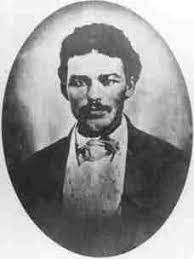
John Anthony Copeland
Five for Freedom was 20 years in the making, and I’m proud that its publication has had a long afterlife. Since its publication in June 2018, I’ve given some 40 talks – in person, on Zoom, on radio and now in a podcast — about the five Black men who joined John Brown at Harpers Ferry in October 1859. I am especially proud that fourth grade students in Fairfax County, Virginia, whose teacher used the book in her class, nominated one of the five — Dangerfield Newby — in a Black History Month contest to have a state highway plaque erected as a memorial. The plaque also names his wife Harriet Newby, with whom he had seven children and who he was trying to free from bondage by joining with Brown. One of five highway markers erected to recognize important but forgotten or little known African American Virginians, the Newby plaque was erected in May 2022 in northwestern Culpeper County, Virginia, near where Dangerfield was born enslaved in 1820. On Oct. 17, 1859, Dangerfield Newby was cut down by a sniper from an upper window in the lower town. Then, townspeople dismembered his body and left him for the hogs, who routed around to further disfigure him. He had been Harriet’s “one bright hope,” she had written him. But with this death, she and their children were sold south to a plantation owner in Louisiana. After the war, she married a solder in the U.S Colored Troops. They lived in the Mount Vernon area, where she had three more children and died in 1884. Surviving descendants are part of the story.

Dangerfield Newby 1820 -1859
Stocking stuffers

In addition to Five for Freedom, I’d like to introduce you to some other worthy local books. Most recently, I published Hidden Maryland: In Search of America in Miniature.
This was truly a labor of love, a collection of columns, features and profiles I wrote for the late Maryland Life magazine, with my text updated and with images in color I took along the way, as I rediscovered the ninth smallest but most diverse state, from Chesapeake to Appalachia. From Chesapeake Country to old U.S. 40, the route west that winds its way over hills and valleys to the Maryland-Pennsylvania state line in Garrett County, Hidden Maryland shows you what you’ve missed and may want to use as an off-the-beaten path guidebook to unknown treasures. It’s available in paperback, on Kindle and as an audiobook.
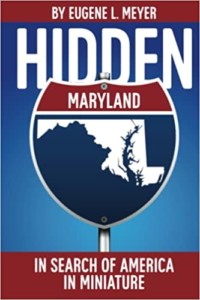
Chesapeake Country is my 1990 coffee table book, updated with a second 25th anniversary edition in 2015 with a new introduction focusing on the dramatic impact of climate change in our region. Blackwater Wildlife Refuge, when I first visited in 1980, was largely marsh with a river running through it to the bay. Now, it’s almost entirely water. By 2050, as much as half of Dorchester County will be submerged by rising seas and land subsidence. I wrote the text to accompany the stunning images taken by my collaborator Lucian Niemeyer. It’s being offered at the 18% discounted price of $28.68.
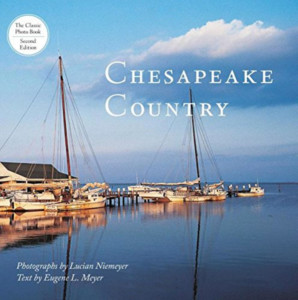
Maryland Lost and Found…Again was first published by the Johns Hopkins University Press in 1986, with the subtitle: People and Places from Chesapeake to Appalachia. Wrote acclaimed novelist Anne Tyler in the Washington Post’s Book World: “The state emerges entire: colorful and passionate and full of character, a collection of gritty, indominable individuals.” Updated paperback versions were published in 2000 and 2003. Read about vanished islands, watermen, the deep freeze in the mountains of far Western Maryland, the a Washington suburban county’s lingering Confederate legacy, Military Maryland, and the Metropolitan Frontier. It is currently available on Amazon For $11.46, a 28% discount below its cover price.
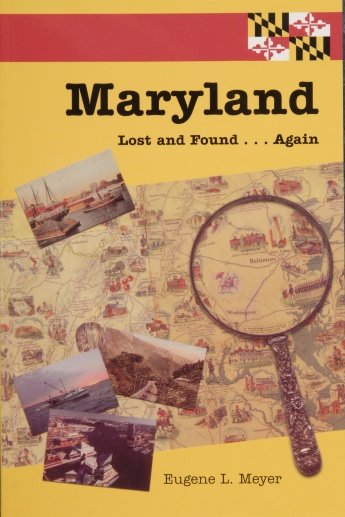
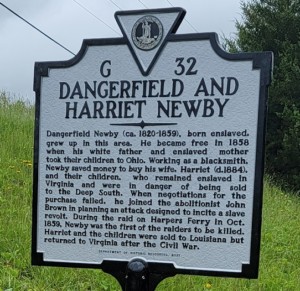
Thank you for being you, Gene-O. . . .